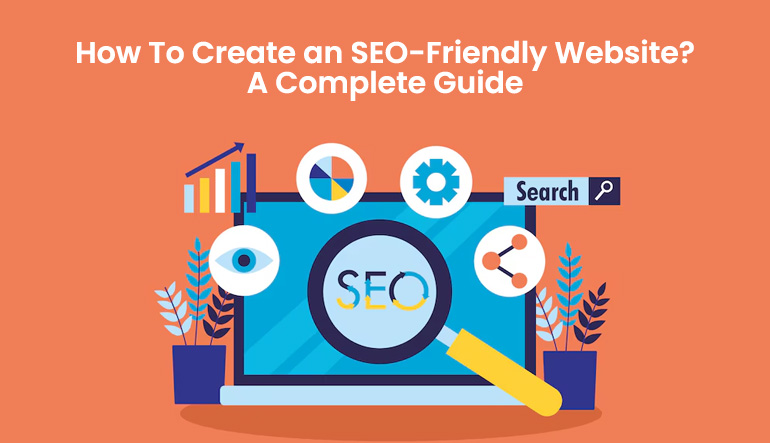Viva Resa: Your Gateway to Insightful Living
Discover news, trends, and tips for a vibrant lifestyle.
Designing for Google: Make Your Website Speak SEO
Unlock the secrets to SEO with expert tips on designing your website! Boost visibility, attract visitors, and enhance user experience today!
Understanding the Basics of SEO: Key Principles for Effective Web Design
Understanding the basics of SEO is crucial for creating an effective web design that attracts and retains visitors. At its core, SEO refers to a collection of strategies aimed at improving a website's visibility on search engines. A well-optimized website not only enhances user experience but also increases the chances of ranking higher in search engine results pages (SERPs). Key principles include keyword research, which helps identify the terms and phrases that potential visitors are using, and on-page optimization, which involves structuring content, images, and HTML elements effectively.
Another essential aspect is responsive design. In today's mobile-centric world, ensuring that your site is accessible and functional across various devices is non-negotiable. Additional factors such as site speed and internal linking play a significant role in user engagement and search engine rankings. Incorporating SEO-friendly elements into your web design from the start can save you time and effort in the long run, making it easier for both users and search engines to navigate and value your content.

How to Optimize Your Website's Structure for Better Search Engine Rankings
Optimizing your website's structure is crucial for enhancing search engine rankings. A well-organized site not only improves user experience but also helps search engines crawl and index your pages more efficiently. Start by creating a clear hierarchical structure for your content. Use categories and subcategories to group related topics together, making it easier for both users and search engine bots to navigate. Incorporating a well-defined URL structure that reflects this hierarchy can significantly contribute to your SEO efforts. For instance, a URL like example.com/category/subcategory/post-title is more informative than a generic one.
Another essential aspect of optimizing your site's structure is ensuring that your internal linking strategy is effective. Use contextual links within your content to guide users and search engines to related articles. This not only helps distribute page authority throughout your site but also increases user engagement by leading visitors to additional relevant content. Furthermore, ensure that your site navigation is intuitive, featuring a clean menu that prioritizes your most important pages. A useful tactic is implementing breadcrumbs that allow users to backtrack easily and assist in the hierarchy's clarity, helping both the users and the search engines understand the site's structure better.
What Are the Essential SEO Elements Every Web Designer Should Include?
When it comes to web design, understanding SEO elements is crucial for enhancing a website's visibility in search engines. One of the essential elements is meta tags, which should include a title tag and meta description. These tags provide search engines with information about the content of each page, influencing click-through rates in search results. Additionally, using header tags (H1, H2, H3) properly organizes content, making it easier for both users and search engines to navigate.
Another key SEO element is the implementation of alt text for images. Alt text not only describes the image for visitors but also helps improve search rankings since search engines cannot interpret images. Furthermore, ensuring that the website’s design is responsive plays a significant role in SEO. A mobile-friendly design contributes to a better user experience and can positively impact search engine rankings. Lastly, incorporating a fast-loading time is essential, as page speed has been identified as a significant factor for both user satisfaction and search engine optimization.